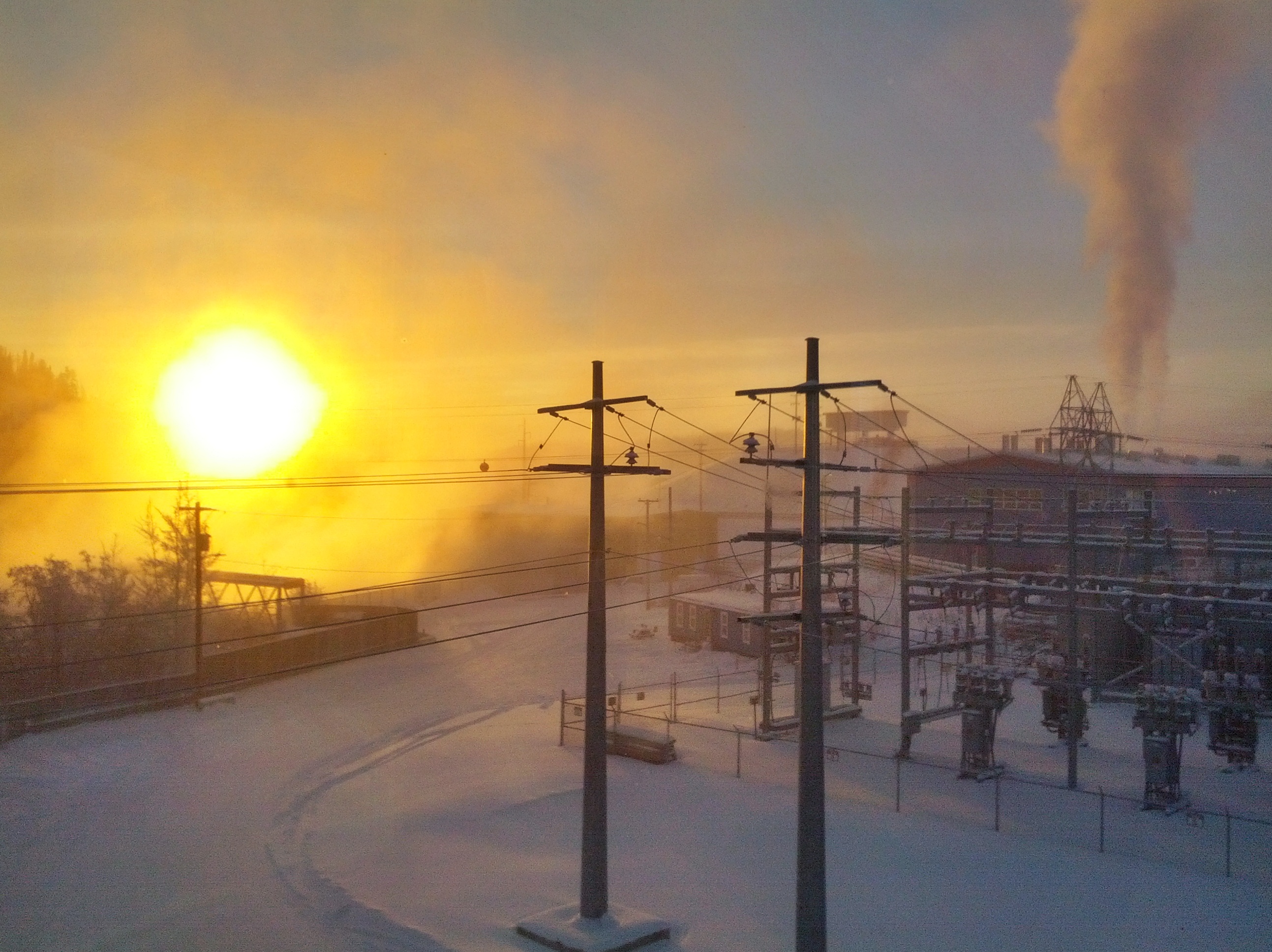Addressing a Drop in Sales
News, Energy Supply, Partnerships
Feb 25, 2015 2 You may have heard Yukon Energy officials talking of late about the fact that our sales to our biggest customer, ATCO Electric Yukon (the company that provides most of you with electricity), have dropped over the past two years. Our sales to ATCO serve most of the territory’s residential and commercial customers.
You may have heard Yukon Energy officials talking of late about the fact that our sales to our biggest customer, ATCO Electric Yukon (the company that provides most of you with electricity), have dropped over the past two years. Our sales to ATCO serve most of the territory’s residential and commercial customers.
In 2012, Yukon Energy sold more than 310 million kilowatt hours to ATCO. By last year, that number had dropped to just over 295 million kilowatt hours, a decrease of almost five percent. By way of comparison, the average Yukon household uses approximately 12,000 to 15,000 kilowatt hours a year.
We have done studies that show the reason for this drop is primarily the warmer weather we have experienced in the territory over the last couple of years.
The question is: what is Yukon Energy doing to make up that lost revenue, and why should you care?
You should care because the loss in revenue puts Yukon Energy under financial pressure that could lead to future rate increases.
However Yukon Energy has no plans to seek a rate increase right now. Instead, we are keeping a very close eye on cost control, and are focusing on increasing our secondary sales. Our secondary sales program gives eligible Yukon businesses the option of using surplus renewable power to heat their facilities instead of more expensive, GHG producing fossil fuels. It’s priced at a discount to furnace oil, saving participating companies about 30 percent on their heating bills. It also gives Yukon Energy the ability to sell any surplus renewable energy we have, providing us with a revenue stream that helps keep rates affordable for our ‘firm’ electric customers.
To qualify for the program, businesses have or must install a second electrically fired heating system, and acknowledge that the secondary power is interruptible during times when renewable electricity is not available.
Watch this blog for an announcement, coming shortly, about the secondary sales program.
Comments
by Sebastian Jones
An interesting conundrum!
Of course, you have also been rolling out a DSM program, designed to reduce electricity sales.
The electricity market is undergoing convulsions around the world: We have global warming, as you identified, but we also have the response to global warming which is to move away from fossil fuels.
Outside of Yukon, many utilities generate electricity with fossil fuels and are now switching to renewables, primarily solar and wind.
This trend is driving the costs of PV panels and wind turbines steadily downward.
The cost of energy storage options is also declining.
Governments are requiring utilities to accept competition in the form of IPPs and net-metering.
These three trends are approaching an inflection point where the comfortable business model that has provided steady profits to utilities and steady affordable electricity to customers is about to be up-ended.
The secondary sales initiative can show us one way to handle the first part of this change, however once each building in Yukon becomes a net source of energy, Yukon Energy’s role as the primary supplier of electricity in Yukon will be under strain.
I am interested in your thinking about your role in this future.
03.17.2015
by Yukon Energy Corporation
You raise a good questions Sebastian, and not one that can easily be answered in a paragraph or two on this blog. We will make a couple of points, but if you would like to discuss this further feel free to contact us. We are certainly monitoring the various trends that you speak of, and are looking at issues such as energy storage options, solar, etc. We still believe though that there will be a need for our services for many years to come. Our harsh climate suggests that at -30, grid power is probably the best option for most people.
03.17.2015
2 comments